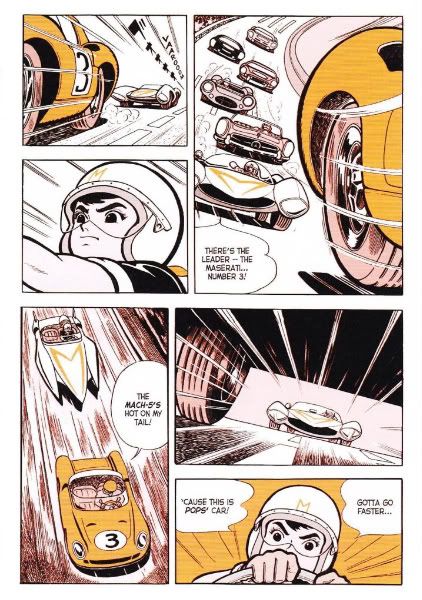
One of the most spectacular strips ever produced, Filipino artist Alfredo Alcala's Voltar made his first appearance in Alcala Fight Komix in July of 1963. Traditionally, comic book production was a team effort used to maximize the profits for its publishers and capitalize on popular artists in the field. So when an epic adventure on the scale of Voltar was written, pencilled, inked, lettered, and published by a sole individual, it makes this achievement all the more unbelievable when readers encountered the pristine quality of the work. Done in a lush etched style, it rivaled the work of the old master showcasing the most detailed penwork ever to appear in comics. Astonishing double page spreads graced every chapter that simply baffled the mind considering the effort Alcala devoted to these monumental illustrations, even spawning the artist to develop a special fountain brush to embellish his pages.

A blend of legends, myth, and history, Voltar is packed with savage beasts and strange creatures as our hero travels through ancient cities overrun with wild barbarians on his quest for truth and justice. Alfredo weaved a delicate tapestry of brave deeds and costly betrayals, with his outstanding characters that encompass all the emotions so wanting in other comic features of the day. Alcala's moody mythological tales were always filled with a tremendous presence whether he is rendering a lovely damsel in distress, or a crafty old wizard set on defeating our wandering hero. Winner of the prestigious Society of Philippine Illustrators and Cartoonist Award numerous times in the early 1970s, Voltar also captured the attention of American fans taking first place in various science fiction show events and published in the historic Hannes Bok Memorial Showcase of Fantasy Art.















































